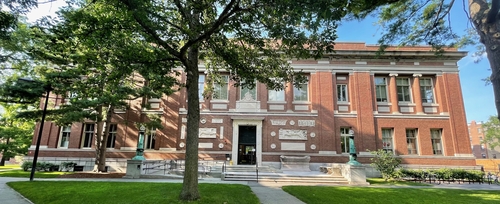California’s landmark environmental law can stop more than just housing projects, the University of California Board of Regents discovered this week.
The governing body of the state’s second-largest public university system suffered successive adverse rulings in two separate lawsuits. It is now being required to freeze student enrollment at one campus and stop the expansion of a hospital at another.
On Monday, the Superior Court of Alameda ruled that the University of California, Berkeley must keep its student population flat for the coming academic year while a more thorough study is done of the environmental impacts of bringing more young scholars onto campus.
A few days earlier, the same court ruled that construction activity will have to stop on a hospital expansion at the University of California San Francisco’s (UCSF) Parnassus Heights campus while a separate lawsuit questioning that project’s environmental impacts plays out.
Both lawsuits have been brought by neighborhood groups under the California Environmental Quality Act (CEQA), a state law that requires government agencies to study the environmental impacts of projects they carry out.
The list of impacts that have to be studied under CEQA is long, including everything from traffic and air quality to the effects on historic resources. What counts as a project subject to CEQA has also expanded over the years to include almost any discretionary decision made by a government official, whether that’s the approval of a zoning variance or the closing of a school.
